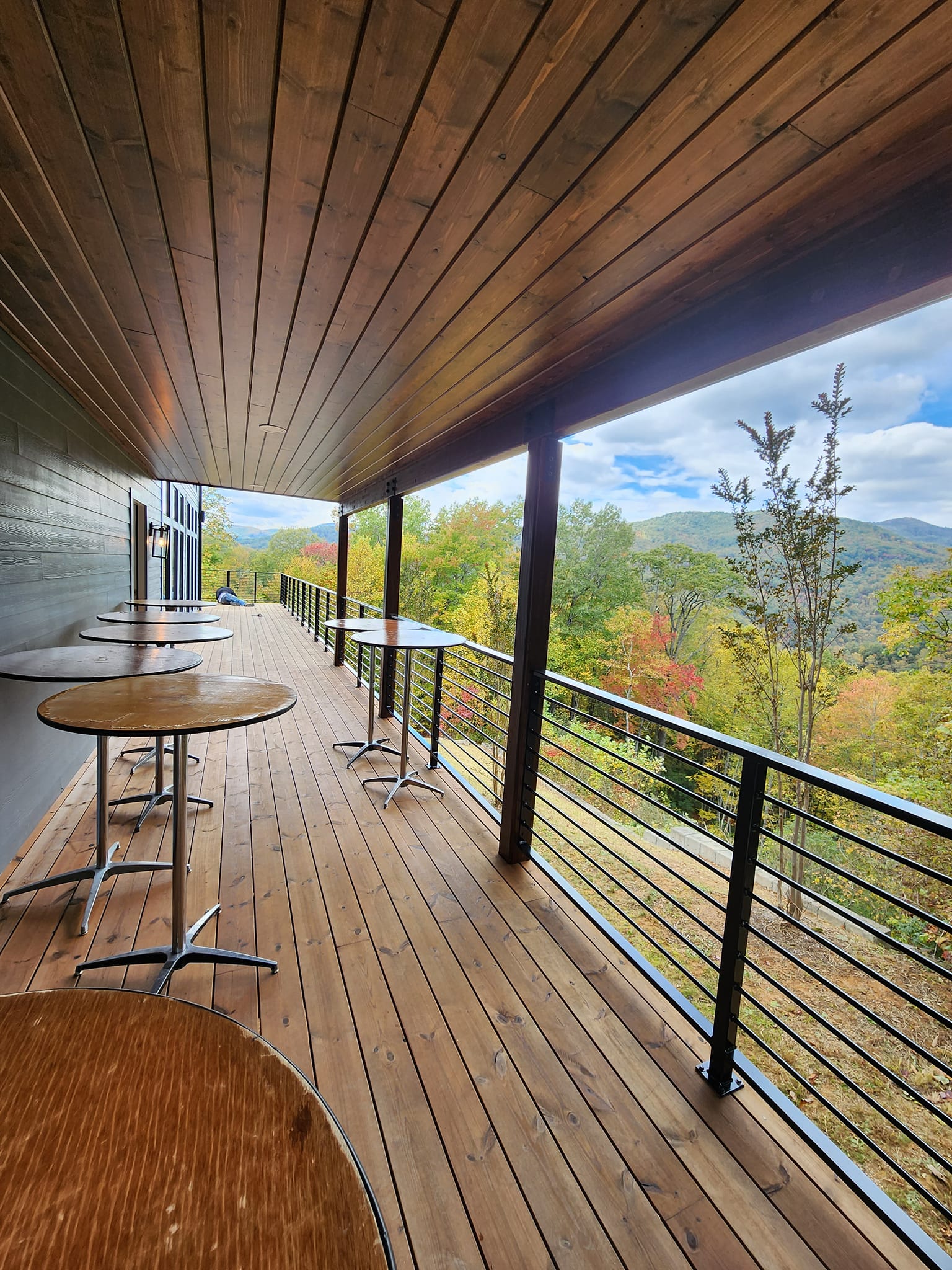
Expert Advice for Maintaining Long-Lasting Welds from Peak Welding Professionals Nov 10, 2025
The foundation of a durable weld starts before the welding process begins. Preparation plays a crucial role. It’s vital to clean the materials thoroughly to remove any dirt, grease, or rust. These impurities can cause weak spots or defects in the weld. Use wire brushes or chemical cleaners to ensure a pristine surface, which sets the stage for a robust bond.
Selecting the right filler material is another key consideration. The choice of filler should be compatible with the base metals being joined. Mismatched fillers can lead to weld failure due to different expansion rates or corrosion issues. At Peak Welding, we recommend consulting material data sheets or speaking with a welding supplier to ensure proper compatibility.
Ambient conditions also influence welding quality. Extreme temperatures and high humidity can lead to issues like warping or surface contamination. Whenever possible, weld in a controlled environment to minimize these effects. In cases where outdoor welding is unavoidable, consider using wind shields, drying the materials, and pre-heating the metal if necessary.
The technique you use in applying the weld is just as important. Consistency in speed and angle ensures uniform heat distribution, which is critical for a robust weld. Inconsistent techniques can lead to weak spots or incomplete penetration, reducing the weld’s strength. Practice and experience are invaluable here; if you’re ever in doubt, a consultation with a welding professional can provide clarity and guidance.
After welding, post-weld treatments can enhance the longevity of the joint. Techniques such as peening, heat treating, or applying protective coatings help in relieving stress and minimizing the risk of corrosion. At Peak Welding, we emphasize the importance of post-weld inspections to catch any defects early. Non-destructive testing methods, such as ultrasonic or magnetic particle testing, can identify hidden flaws that might compromise weld integrity.
Routine maintenance is crucial to the lifespan of your welds. Regular checks for signs of wear, such as cracks or rust, allow you to address problems before they become severe. Keeping detailed records of maintenance activities can help track the performance of your welds over time and provide valuable data for future projects.
In conclusion, creating and maintaining long-lasting welds is a multifaceted process that involves careful preparation, the right materials, skilled technique, and diligent maintenance. By implementing these best practices, you not only ensure the safety and reliability of your structures but also optimize your operational efficiency. At Peak Welding, we are committed to providing expert advice and high-quality welding services tailored to your needs, helping you build with confidence. Reach out to us for further consultation or training, and let’s create something enduring together.
/filters:no_upscale()/media/b4055ffe-445c-48a5-a31c-9411ede30dfa.jpg)